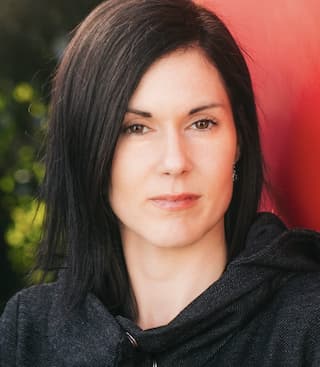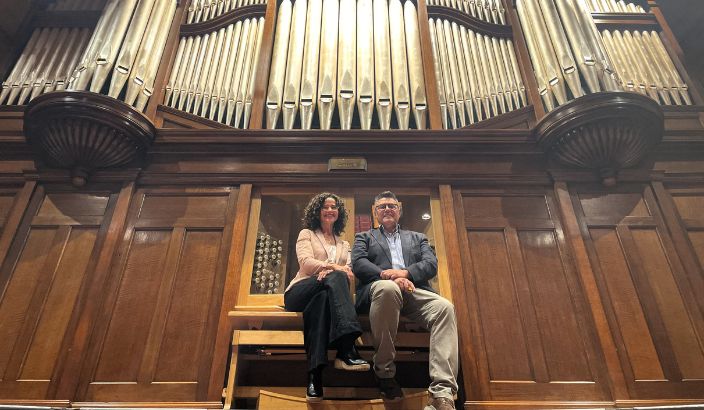Become an organ donor


NCMA funding and development manager Jessica St Germain, left, and director Myles Payne with the historic Cawthron Organ. Photo: Kate Russell.
Nelsonians are being called on to help preserve the 112-year-old pipe organ at the Nelson Centre of Musical Arts (NCMA) by becoming an ‘organ donor’.
The NCMA is raising funds for repairs and future maintenance of the historic instrument and is offering naming rights to the 85 visible pipes for donations ranging from $500 to $5,000.
The Cawthron Organ was built by the London firm Norman & Beard in 1913 and financed largely by a £2,000 donation from local philanthropist Thomas Cawthron.
NCMA director Myles Payne says this year its maintenance costs are predicted to reach $20,000, and it is regularly tuned four times a year.
“The goal is to set up a sustainable maintenance fund so we can take care of it properly over time, avoiding crisis repairs and making sure this beautiful instrument continues to be part of Nelson’s musical life for years to come.”
A portion of the funds will also support the wider operations of the NCMA, he says.
At the time of its installation, the organ was the fifth largest in New Zealand. Its first concert was held on 4 July 1913.
The organ underwent significant repairs in 1951, which included the installation of an electric blower, replacing the original hydraulic bellows system. Later, in 1964, a major renovation was carried out by John A. Lee of Feilding. In 1974, the South Island Organ Company (SIOC) conducted a comprehensive overhaul, ensuring the organ’s continued functionality.
Then, during the building’s earthquake strengthening and refurbishment from 2016–2018, the organ was carefully dismantled and transported to SIOC’s facility in Timaru for restoration. It was reinstalled and unveiled as part of the centre’s reopening in 2018.
“What we’re doing now is safeguarding it for the future,” Myles says.
Funding and development manager Jessica St Germain says the initiative also includes a free organ concert on 8 June.
“We want people to come out and celebrate this beautiful and historical instrument,” she says.
Go to www.ncma.nz to find out more.
